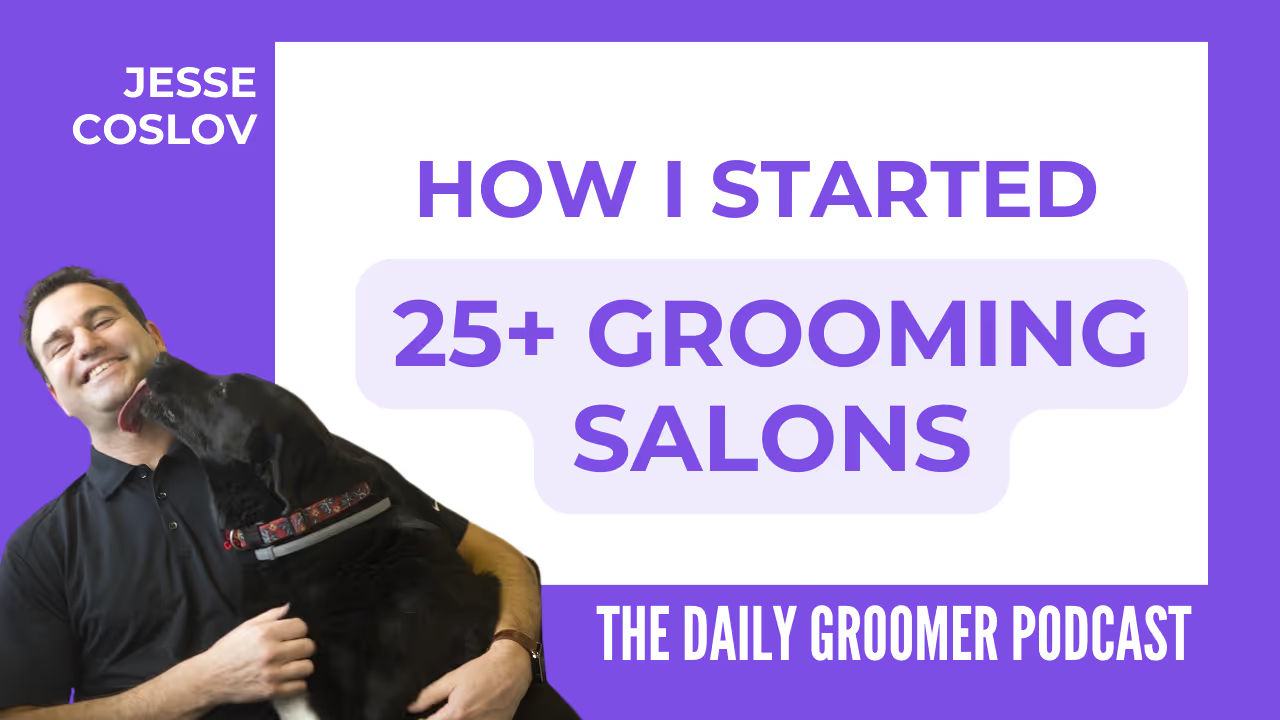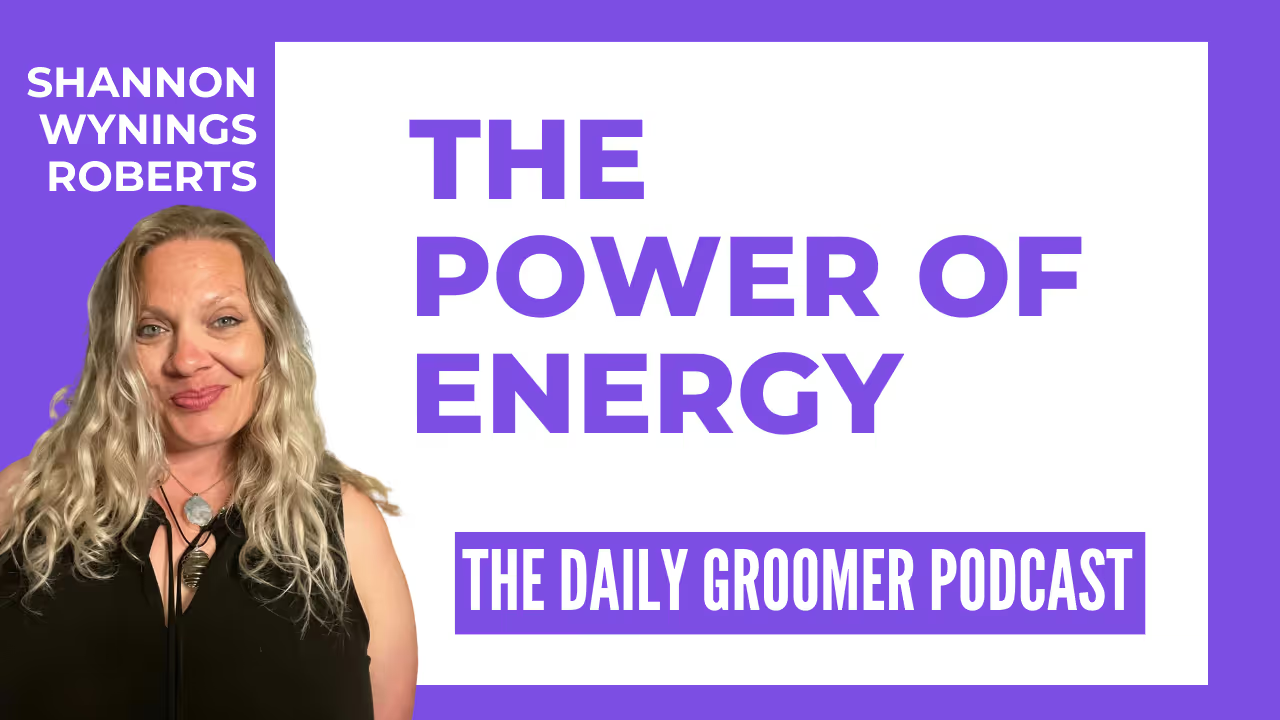From Fur-flying to Fur-tastic: Effective Techniques for Handling Nervous Dogs during Grooming
Discover effective techniques for handling nervous dogs during grooming
.avif)
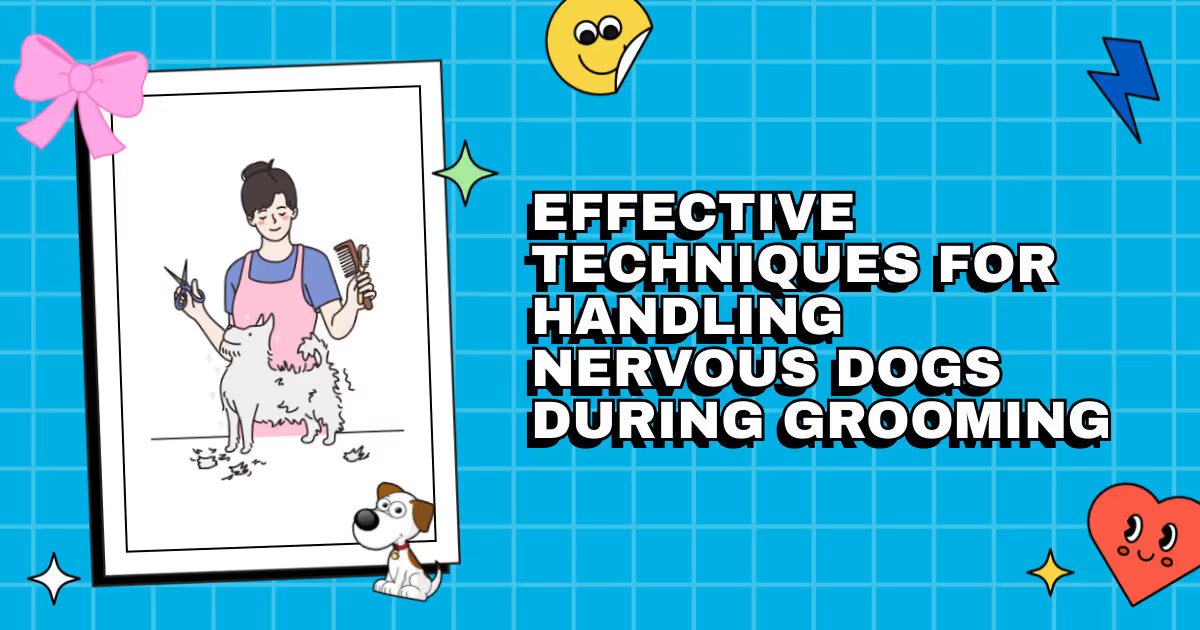
From Fur-flying to Fur-tastic: Effective Techniques for Handling Nervous Dogs during Grooming
Grooming nervous dogs can be a hairy situation for both the groomer and the dog. As a professional dog groomer, it's essential to understand how to handle these situations with care, precision, and empathy. In this article, we will explore some effective techniques for grooming nervous dogs, helping you turn a stressful experience into a positive one.
1. Patience is Key
When faced with a nervous dog, it's crucial to remain calm and patient. Some dogs may have had negative grooming experiences in the past, resulting in fear or anxiety. By approaching them with patience, you can build trust and create a better grooming environment.
Maintaining a Calm Demeanor
Dogs are incredibly perceptive and can pick up on your energy. If you're feeling stressed or overwhelmed, it's essential to take a moment to calm yourself before beginning the grooming process. Taking a few deep breaths and maintaining a relaxed demeanor can help put the dog at ease.
2. Create a Safe and Familiar Environment
Creating a safe and familiar environment is essential when grooming nervous dogs. By making them feel at home, you can help alleviate their fear and anxiety.
Introduce the Dog to the Grooming Area
Allow the dog to explore the grooming area before beginning the grooming session. This will help them become familiar with the surroundings and reduce their stress levels. Let them sniff around and get comfortable before introducing them to the grooming tools.
Use Positive Reinforcement
Positive reinforcement is a powerful tool when working with nervous dogs. Reward them with treats, praise, and affection for good behavior during the grooming process. This will help them associate grooming with positive experiences and reduce their anxiety.
3. Slow and Gradual Introductions
Rushing the grooming process can be overwhelming for a nervous dog. Taking a slow and gradual approach can make a world of difference.
Introduce Grooming Tools Gradually
Start by introducing the dog to grooming tools one at a time. Allow them to sniff and investigate the tools before using them. Gradually build up their tolerance, ensuring that each step is positive and stress-free.
Break the Process into Smaller Sessions
If the dog becomes too stressed or anxious during the grooming process, break it down into smaller sessions spread throughout the day. This will prevent overwhelming the dog and give them time to relax and reset.
4. Gentle Handling and Positive Touch
Gentle handling and positive touch are vital when grooming nervous dogs. Adopting these techniques will create a sense of security and build trust between you and the dog.
Soft Touch and Gentle Strokes
Use soft touches and gentle strokes when handling a nervous dog. Avoid any sudden or aggressive movements, as this can escalate their anxiety. Gradually introduce them to the grooming process, ensuring that it remains a positive experience.
Massage Techniques
Massage techniques can help relax a nervous dog during grooming. Slowly rub their back, neck, and shoulders, using gentle pressure. This can promote a sense of calmness and alleviate their anxiety.
5. Know When to Take Breaks
It's crucial to recognize when a nervous dog needs a break during the grooming process. Pushing them beyond their comfort zone can have negative consequences.
Watch for Signs of Stress
Keep an eye out for signs of stress, such as excessive panting, trembling, or avoidance behaviors. If you notice these signs, take a break from grooming and give the dog some time to relax.
Redirect their Attention
During breaks, redirect the dog's focus with interactive toys or treats. This will help distract them from their anxiety and create a more positive experience overall.
Conclusion
Grooming nervous dogs requires patience, empathy, and a gentle touch. By creating a safe and familiar environment, introducing grooming tools gradually, and using positive reinforcement, you can help nervous dogs feel more at ease. Remember to always prioritize the dog's comfort and well-being, and know when to take breaks if needed. With these techniques, you'll transform the grooming experience into something fur-tastic for both you and your furry clients!

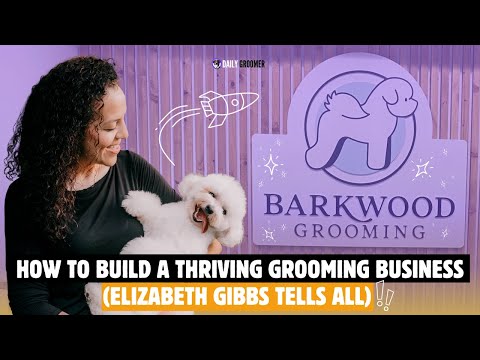












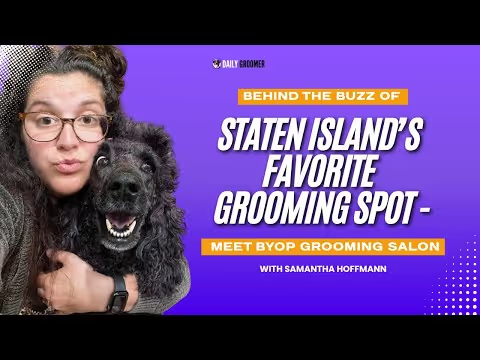


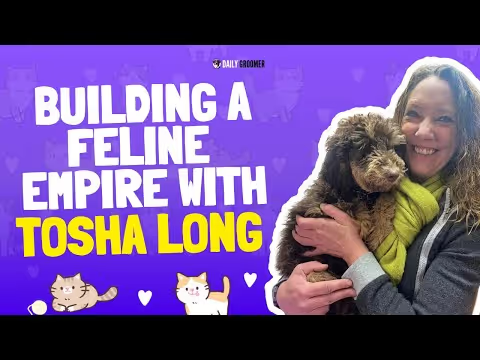



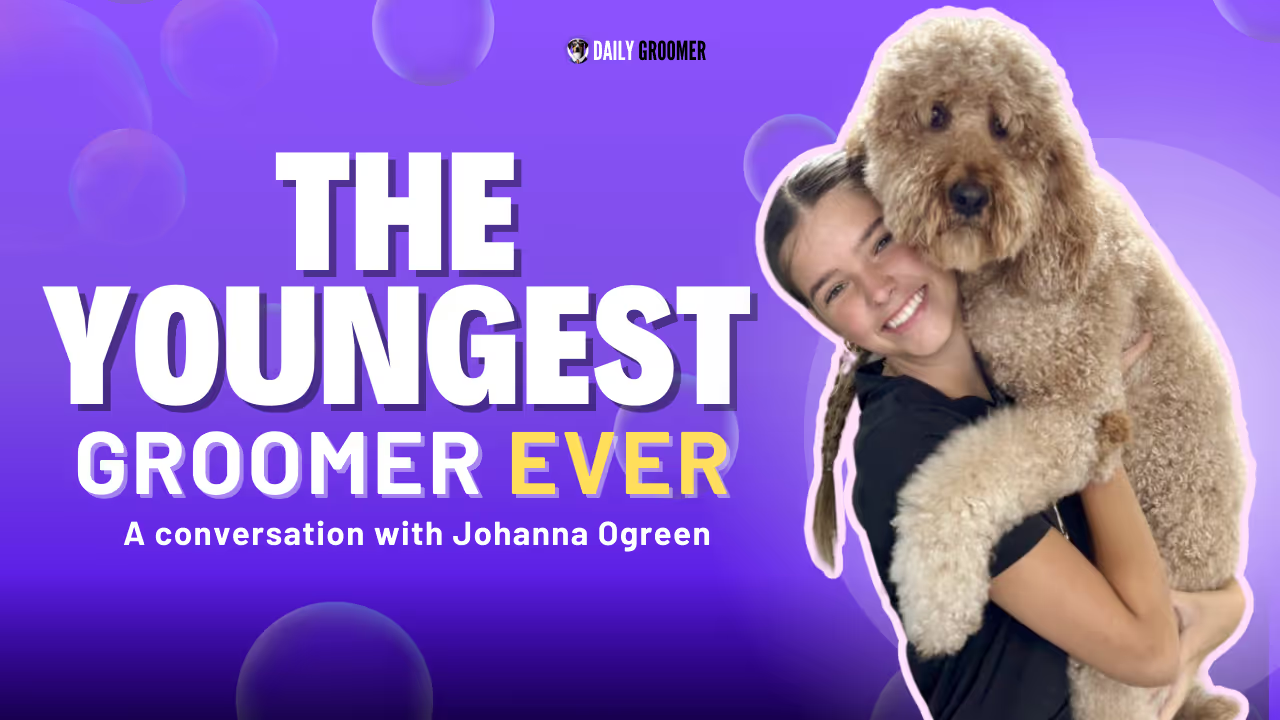



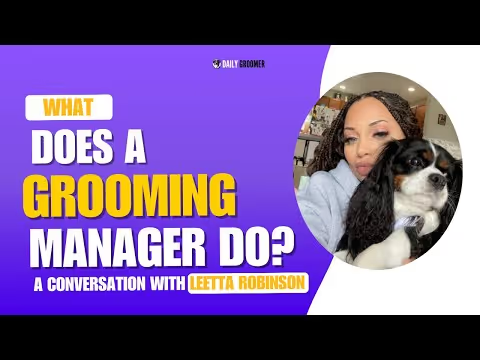
















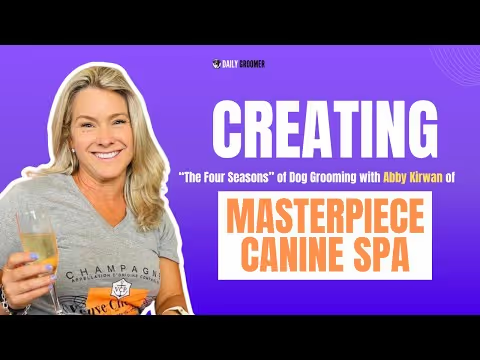


.avif)

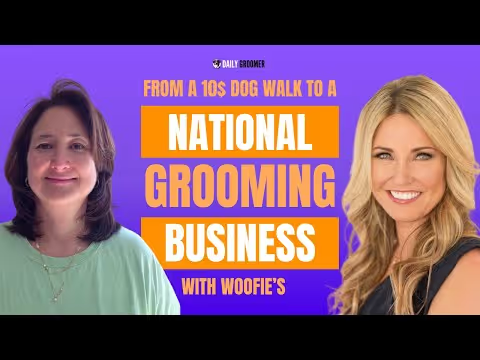





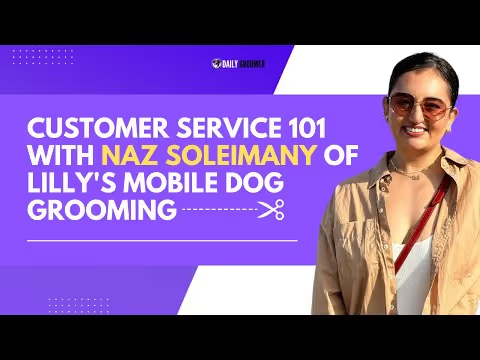




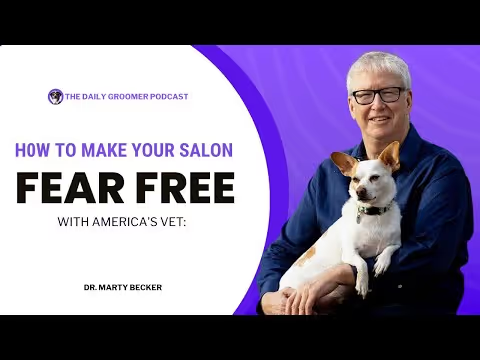







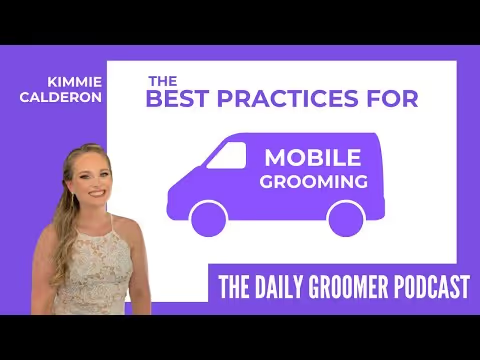
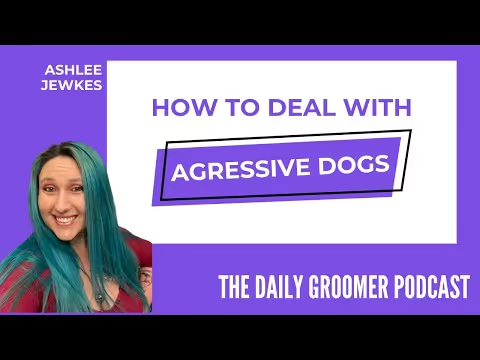
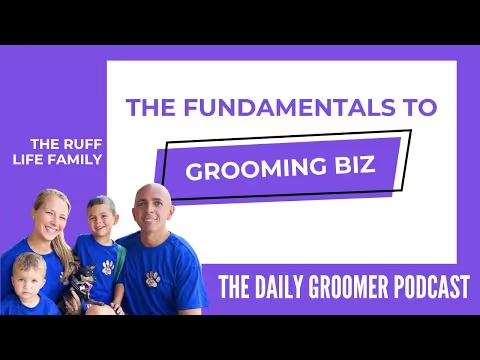


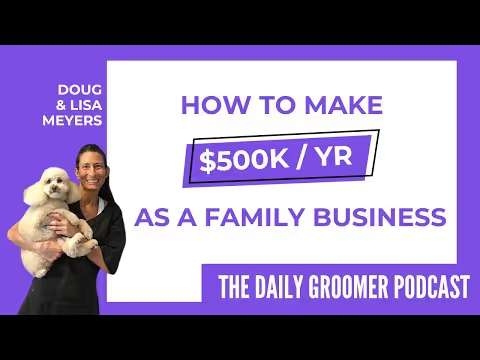










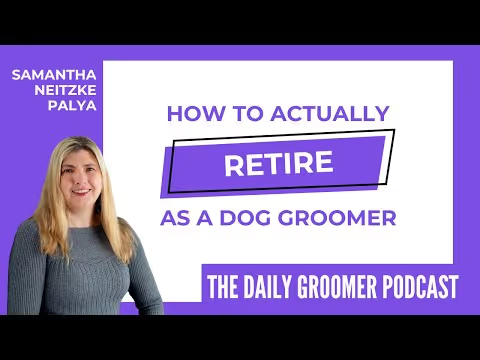













.avif)


